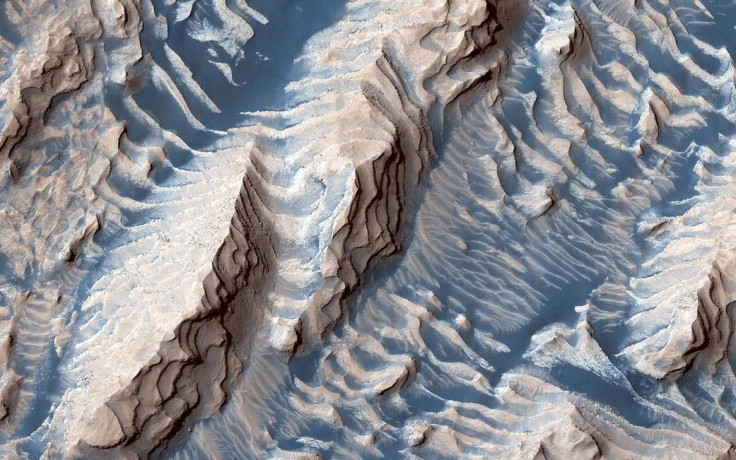NASA Mars Alien Search: Drill Machine To Hunt For Life Beneath Red Planet

NASA is moving the search of life on Mars underground and is set to come up with an autonomous drill that can dig several feet on the surface of the Red Planet.
The new project billed the Atacama Rover Astrobiology Drilling Studies (ARADS) is currently being tested in Chile at the Atacama Desert. The Atacama is known to have an environment that’s very similar to Mars.
To date, the Insight lander is also equipped with drilling features that can be used on Martian rocks. However, Insight’s drill mechanism has the tendency to get stuck as what happened early this year so getting it unstuck has now become a serious challenge to the research. The next major Mars mission, the Mars 2020 lander, is set to have rotating drill functions as well.
According to a report, one of the advantages of the ARADS system is that it can actually operate with any real-time human commands. It can work autonomously by simply putting in data about the soil and rock composition of the surface it is on so the machine can adjust course and even drill strength as it goes. Because of this, scientists back on Earth can focus on the data instead of operating the drill.
“What’s unique about this drill is that it can take you from dirt to data, all on its own. All the scientists have to do is point the rover to where it needs to dig, tell the drill how deep to go, and the drill will figure out the rest,” Thomas Stucky, the sample-handling software lead for ARADS, said in a statement.
“ARADS is all about preparing NASA to search for life on Mars. Developing the science instruments and robotics we’ll need is a big part of that, and so is figuring out how we actually run the mission. The best way to practice that is to go and do it here on Earth,” Brian Glass, principal investigator for the ARADS program at NASA’s Ames Research Center in Silicon Valley, said.
ARADS can go deeper compared to current drills of NASA. Because of this, it can discover important resources beneath the Martian surface such as subterranean water which can eventually lead to discovering life on the planet.
“If there’s any life on Mars’ subsurface, it’s likely in the form of microbes struggling to live off very trace amounts of water in the soil or salt layers. Based on what the drill can tell us about the soil, we can detect where those layers are, maybe even leading us to where the life is,” Arwen Davé, systems engineer for ARADS, said.
NASA astronaut and physiologist Dr. James Pawelczyk once said because of the planet’s geological and atmospheric components, he believes that scientists should start looking for life from beneath its surface.
“Survival on Mars really means going underground,” the scientist said.
Taking this into consideration, life on Mars could mean aliens with tough shells or protection that could shield life not only from radiation but also from the extreme heat underground.
© Copyright IBTimes 2025. All rights reserved.





















